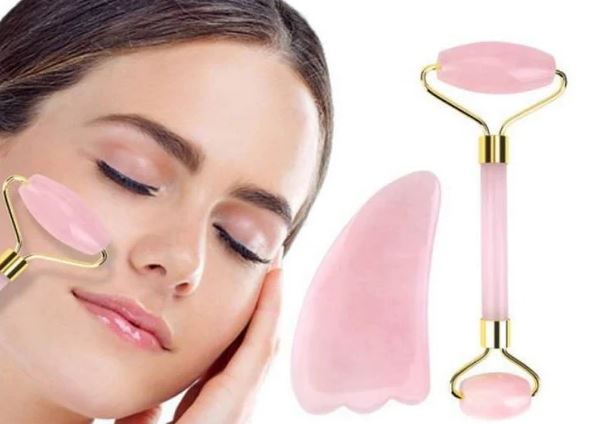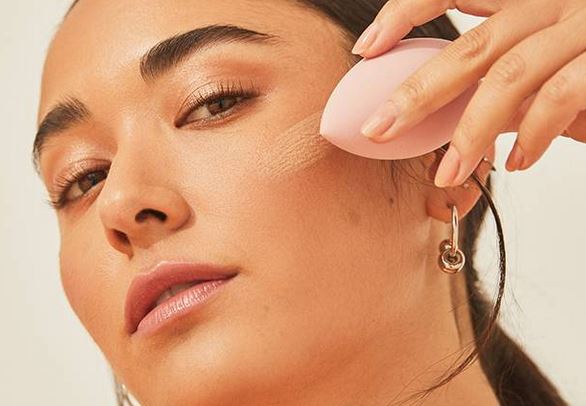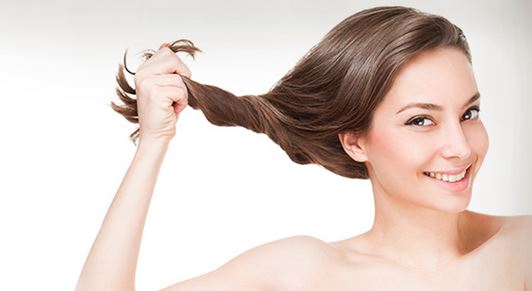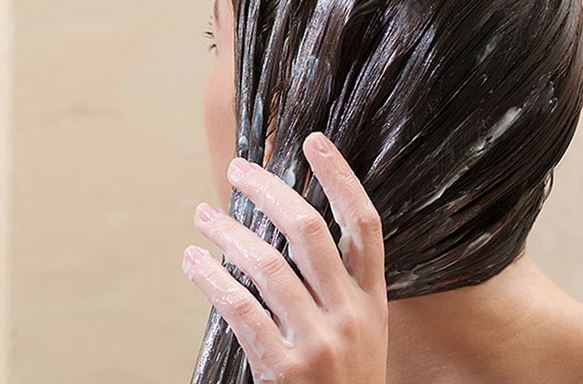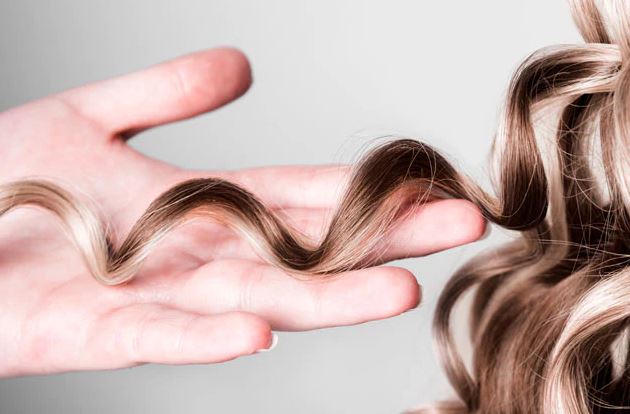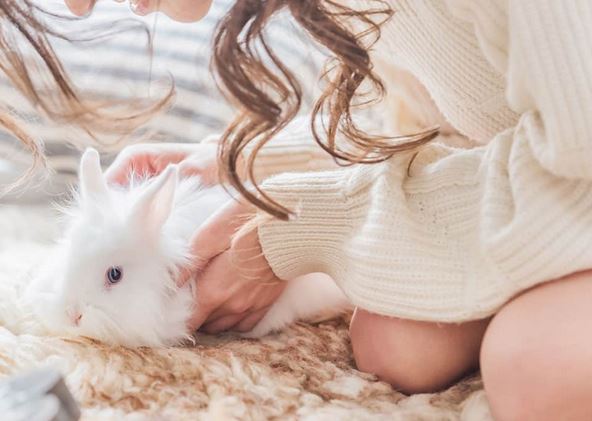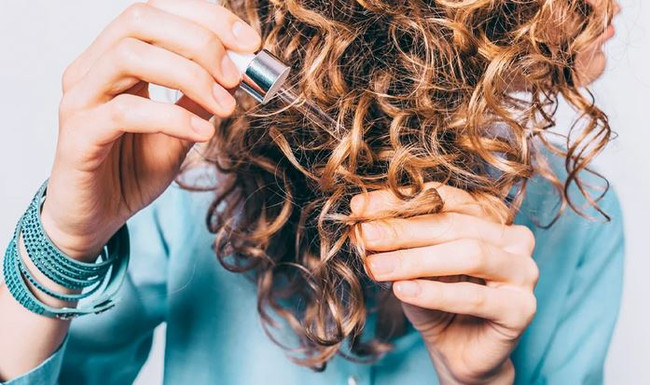Tips for Choosing the Right Hair Color for Gray Coverage | |
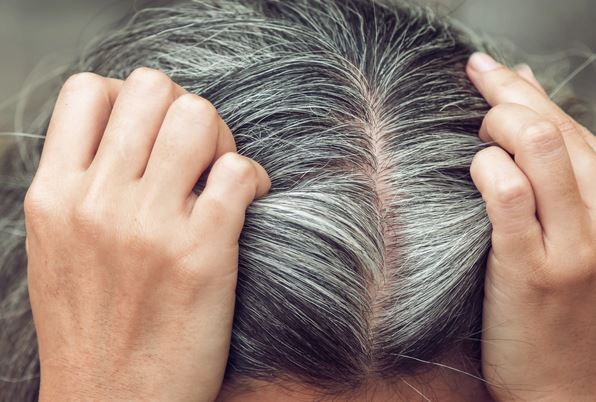
| |
As we age, our hair naturally loses pigment, leading to the appearance of gray hair. Many people choose to cover their gray hair with hair color to maintain a more youthful and vibrant look. However, selecting the right hair color for gray coverage can be a daunting task, considering factors such as skin tone, natural hair color, and desired results. In this article, we will provide you with valuable tips for choosing the right hair color to effectively cover gray hair, ensuring a beautiful and natural-looking result. Understanding Your Undertone
Considering Your Natural Hair Color
Testing Hair Color Shades
Maintenance and Touch-Ups
Frequently Asked QuestionsQ: Can I color my hair at home to cover gray? A: Yes, you can color your hair at home to cover gray. Many hair color brands offer at-home kits specifically designed for gray coverage. Follow the instructions carefully and conduct a patch test beforehand to ensure the desired results and minimize potential risks. Q: Will highlights cover gray hair effectively? A: Highlights can be a great option for blending gray hair with your natural color, creating dimension and camouflaging gray. However, if you have a significant amount of gray hair, highlights alone may not provide complete coverage. Consult with a professional stylist to determine the best approach for your specific needs. Q: How often do I need to color my hair to cover gray? A: The frequency of hair color touch-ups depends on the rate of your hair growth and the desired appearance. On average, gray hair may become noticeable within 4-6 weeks of color application. Schedule touch-ups accordingly to maintain consistent coverage. Q: Can I lighten my hair color to cover gray hair? A: Lightening your hair color can soften the appearance of gray and create a more blended look. However, keep in mind that lightening may require more maintenance and can be more challenging to achieve on naturally dark hair. Consult with a professional stylist for personalized recommendations. Q: Can I cover stubborn gray hair completely? A: While hair color can effectively cover gray, stubborn gray hair may require extra attention. Opt for permanent hair color with higher pigment concentration or seek professional help for optimal coverage and results. Q: Can I color my hair if I have sensitive skin? A: If you have sensitive skin or a history of allergic reactions, it's essential to be cautious when coloring your hair. Conduct a patch test before applying hair color all over and consult with a dermatologist or hairstylist for appropriate recommendations. ConclusionChoosing the right hair color for gray coverage involves considering your undertone, natural hair color, and desired results. Understanding these factors will help you achieve a beautiful, natural-looking result that complements your skin tone and enhances your overall appearance. Whether you opt for a darker shade, a color match, or a lighter tone, consult with professionals when needed and maintain your hair color with appropriate touch-ups and maintenance. With the right hair color and care, you can effectively cover gray hair and enjoy a youthful and vibrant look. | |
| Category: Hair Care | |
| Total comments: 0 | |



